What’s Really in “Fragrance (Parfum)” Listed on Deodorants?
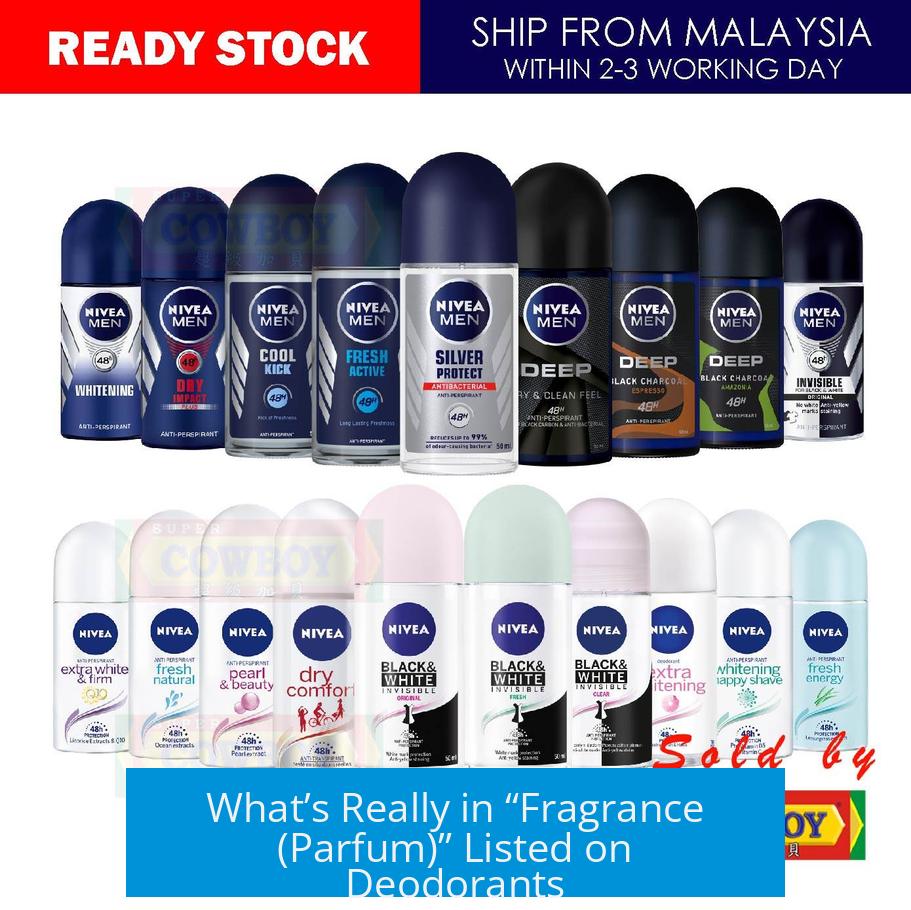
When deodorants list “Fragrance (Parfum),” they refer to a complex, proprietary mixture of various chemicals and essential oils. The exact ingredients remain trade secrets and are not fully disclosed to consumers.
Composition of Fragrance (Parfum)
“Parfum” in the cosmetic industry means a synthetic or natural blend typically containing 15-40% essential oils, commonly between 20-30%. These essential oils are extracted from plants or natural sources. The remainder usually consists of solvents like ethanol, fixatives to stabilize the scent, and occasionally preservatives. For example, a typical perfume blend might include:
- ~30% essential oils (e.g., lavender, citrus)
- ~54% solvent (commonly ethanol)
- ~15% fixatives (to maintain scent longevity)
- ~1% preservatives or additives
Manufacturers do not disclose exact formulas because fragrance formulation is a competitive trade secret. This limits transparency for consumers concerned about skin sensitivity.
Chemical Families Commonly Found in Fragrances
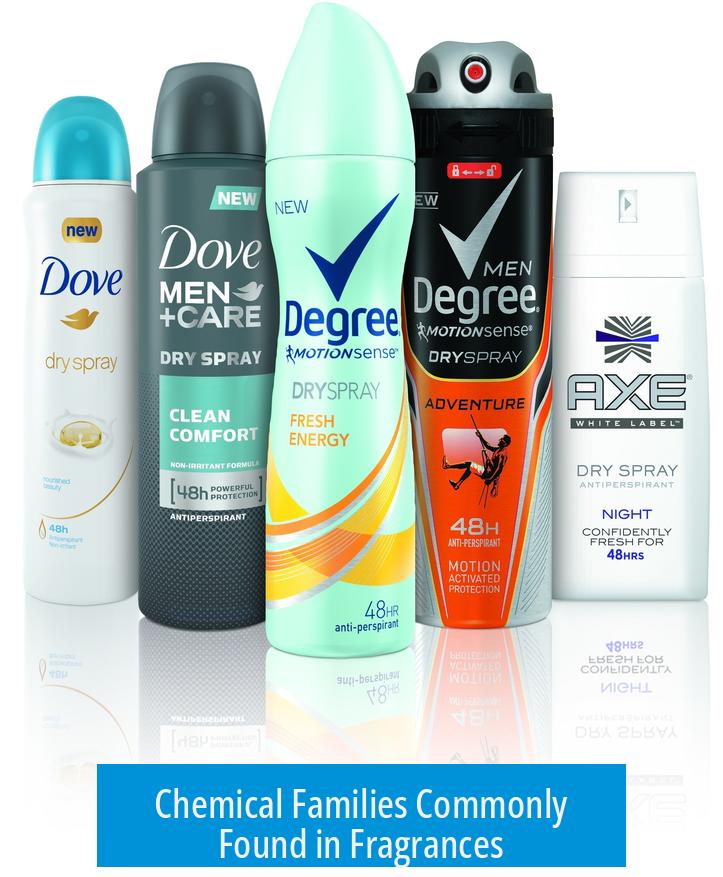
Fragrance blends are chemically complex. They include multiple types of organic compounds:
- Terpenes and terpenoids: Derived from essential oils, these form the core scent elements.
- Esters: Frequently predominant; known for fruity and floral aromas.
- Aldehydes, ketones, alcohols, aromatics: Add depth and complexity to the scent.
- Exotic animal-derived compounds (ambergris, civetone) may also be present in some perfumes.
Trade Secrets and Skin Sensitivities
Because fragrance formulas are proprietary, manufacturers only list “Fragrance (Parfum)” without full ingredient details. This can pose issues for individuals with sensitive skin or allergies, as some fragrance chemicals may cause irritation or allergic reactions.
Regarding Salt and Stone Deodorant Fragrance
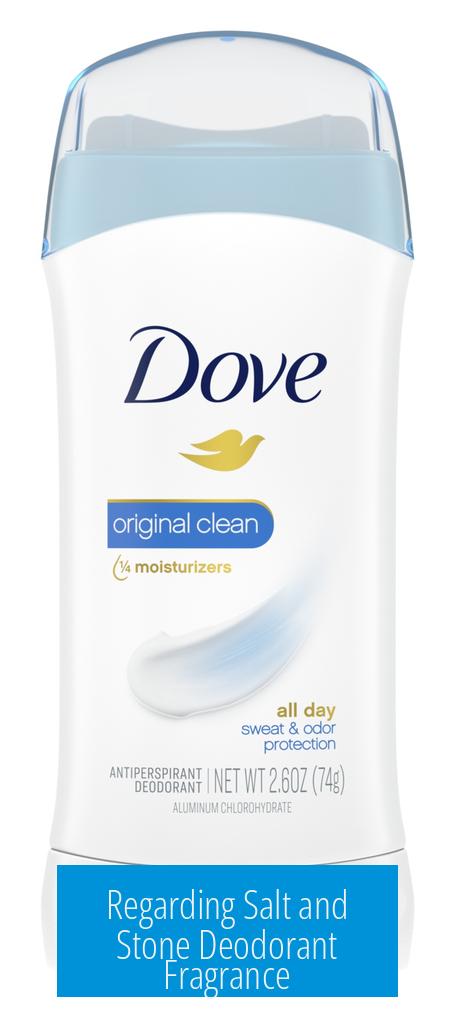
Specific ingredient disclosures for “Salt and Stone” deodorant fragrances are not publicly available. The brand does not provide a detailed list of fragrance components. This is consistent with industry norms where complex scent blends are kept confidential. Consumers seeking ingredient transparency should contact the manufacturer directly or choose fragrance-free options.
Key Takeaways
- “Fragrance (Parfum)” is a complex blend of essential oils, solvents, fixatives, and preservatives.
- Exact fragrance compositions are trade secrets and not fully disclosed.
- Common chemical families include terpenes, esters, aldehydes, ketones, and alcohols.
- Fragrance ingredients may cause skin sensitivity or allergic reactions in some users.
- Specific fragrance details for Salt and Stone deodorant are not publicly available.
When deodorants say “Fragrance (Parfum)” what’s really in it? What chemicals if any? Why can’t we find what’s in Salt & Stone deodorant fragrance?
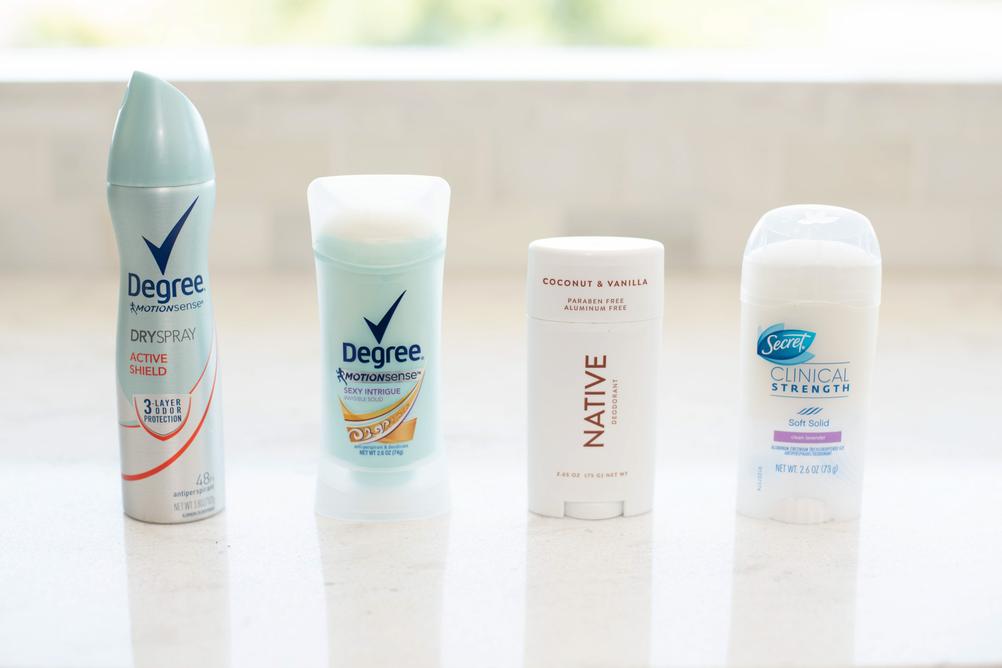
Ever looked at your deodorant label, spotted “Fragrance (Parfum)”, and wondered, “What the heck is that actually?” You’re not alone. It’s like opening a mystery box every time. Let’s unpack this, shall we?
At its core, “Fragrance (Parfum)” is a tightly guarded secret blend of many chemicals, often 15-40% essential oils mixed with solvents and other sneaky compounds. Why the secrecy? Because the perfume trade is a world of magic and intellectual property, much like the recipe for Coca-Cola. The exact formula? No dice.
A Complex Cocktail Behind “Fragrance (Parfum)”
Fragrances in deodorants aren’t just one or two ingredients. They’re a complex mix of various chemicals put together by expert perfumers. Imagine a secret sauce of scents extracted from plants, combined with synthetics, solvents like ethanol, and fixatives that make the scent stick around longer.
For instance, a typical “parfum” might include:
- About 30% essential oils (think plant extracts)
- Over 50% solvent such as ethanol—a type of alcohol that evaporates quickly
- About 15% fixative solvents to keep the fragrance lingering
- Small amounts (around 0.5% each) of preservatives to prevent it from spoiling
Sounds like a chemistry class, right? But these ingredients all serve one purpose: to give that fresh scent that keeps you smelling like a spring breeze or whatever the brand’s going for.
What Exactly Are These “Fragrance Chemicals”?
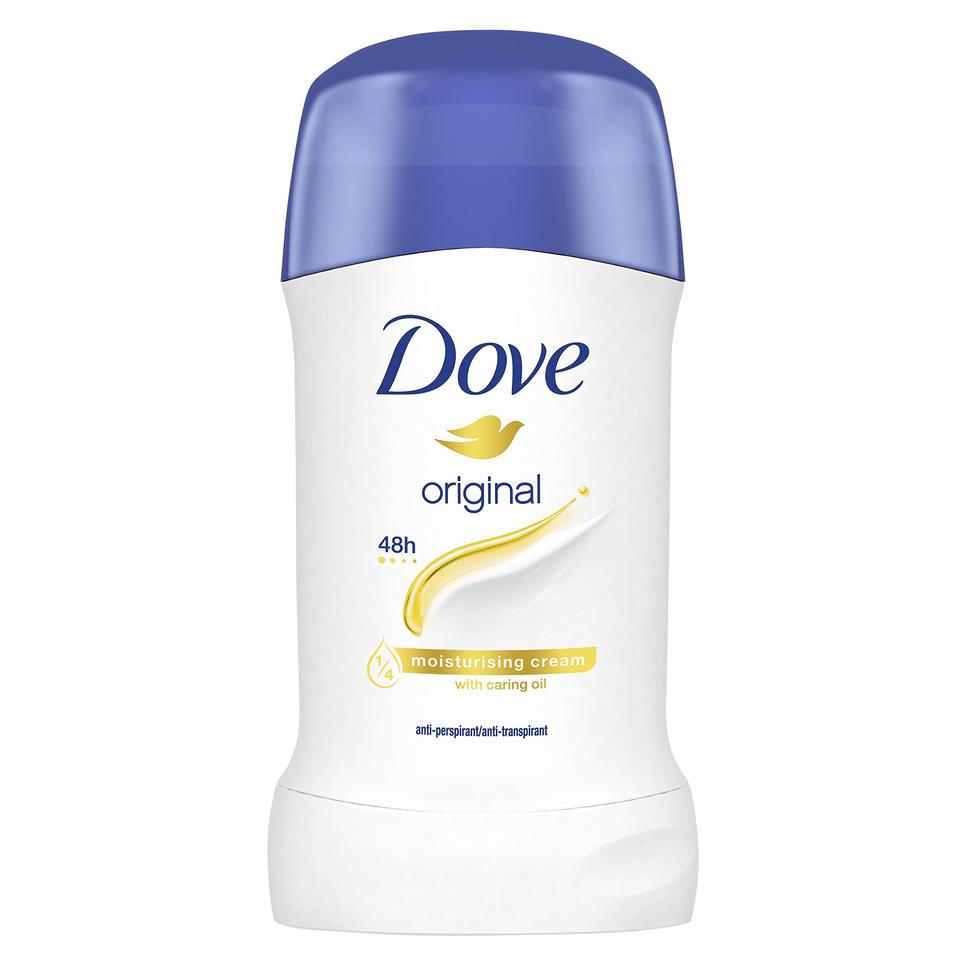
This is where it gets even more interesting. The term “fragrance chemicals” covers families of compounds like terpenes, terpenoids, aldehydes, ketones, esters (which are the most common), aromatics, and alcohols. These names sound like they belong in a sci-fi flick but are just different molecules that give distinct smells.
Some components may come from unusual sources like ambergris (essentially whale…um…treasure), civetone (from the civet cat, no cat was harmed), or castoreum (from beavers). While not common in deodorants, their synthetic versions or inspired molecules sometimes appear, since natural sourcing is tricky and costly.
Most deodorants rely heavily on esters, which tend to smell fruity, fresh, or floral, providing a pleasant and approachable aroma for daily wear.
But Why Don’t They Just Tell Us What’s Inside?
Fragrance formulas are trade secrets. These blends are proprietary – meaning companies don’t have to disclose the exact ingredients to protect their brand’s uniqueness.
It’s frustrating if your skin is the delicate type that reacts to certain ingredients or if you simply like to know what you’re applying daily. Unfortunately, the laws governing fragrance disclosure let brands off the hook. They only need to say “fragrance” or “parfum” rather than listing all the complex chemical names.
This means much of what’s inside stays hidden—an opaque curtain on a potentially hazy chemical cocktail.
Skin Sensitivities and Fragrance: A Bewitching Dilemma
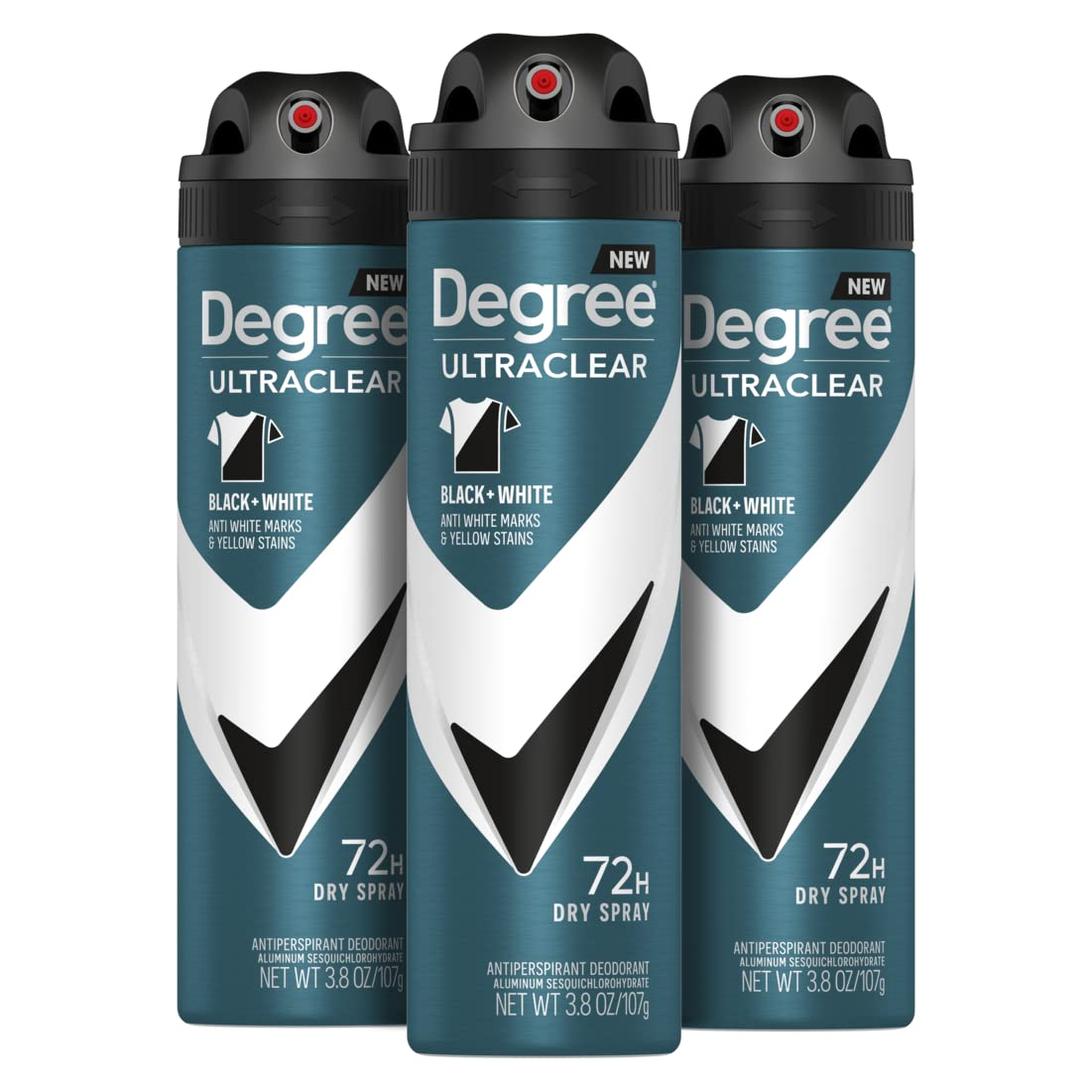
Here’s the catch—some chemicals in these fragrances can cause skin reactions. With such a complex mix, it’s sometimes a gamble. People report a “50/50 shot” of getting a reaction or breaking out, especially if they have sensitive skin.
Are all fragrances villains? No. There’s a balance. Fragrance and parfum provide comfort, confidence, and delight. But when your skin starts to protest, that secret sauce suddenly becomes a suspect!
What About Salt & Stone Deodorant? Any Special Revelations?
For those specifically curious about the popular Salt & Stone deodorant, the mystery persists. Despite poking around and rummaging through ingredient lists and discussions, no detailed breakdown of their fragrance components has surfaced publicly.
Salt & Stone likely follow the industry norm, listing “Fragrance (Parfum)” as an umbrella term without a specific list. This keeps their formula a proprietary blend, just like most others.
Maybe their perfume blend includes natural essential oils with some synthetic helpers, but no official word exists. It leaves users to trust the brand’s commitment to safety and skin-friendliness.
So, What Can You Do?
If you’re a fragrance curious cat or someone with shy skin, here are a few tips:
- Patch Test First: Try a little on your inner arm before full use, especially if you’re prone to reactions.
- Choose Unscented: If fragrance irritates your skin, look for deodorants marketed as unscented or fragrance-free.
- Contact Brands: Some brands offer detailed ingredient info upon request or provide transparency about what’s in their fragrance blends.
- Natural Alternatives: Try deodorants that use only recognizable essential oils without synthetic fragrance blends, although these may still be labeled simply as “fragrance.”
- Read Reviews: Real user insights on sensitivity can guide you towards friendlier fragrances.
Final Thoughts
In short, “Fragrance (Parfum)” is a fancy umbrella covering a complex, carefully balanced mix of natural oils, synthetics, solvents, and fixatives—held behind an industry veil of trade secrets. It’s designed to delight your nose and keep you fresh but can be a Pandora’s box for those needing full transparency or battling sensitive skin.
Salt & Stone deodorant doesn’t stray from this tradition, leaving its fragrance a mysterious black box, like the secret recipe of your favorite spicy takeout. Frustrating? Yes. Intriguing? Absolutely.
So next time you spot “Fragrance (Parfum)” on a label, imagine a tiny orchestra of chemicals harmonizing just for your morning breeze. If you’re cautious, test it out. If you’re curious, appreciate the mystery and the craft that goes into that elusive scent.
What does “Fragrance (Parfum)” actually mean in deodorants?
It refers to a complex, synthetic blend. This mixture usually contains 15-40% essential oils. The rest includes solvents and fixatives. Exact ingredients are kept secret by manufacturers.
What kinds of chemicals are typically found in these fragrance blends?
Fragrances contain various compounds like terpenes, esters, aldehydes, ketones, and alcohols. Many come from essential oils or are synthetically made. Esters are often the most common.
Why can’t I find the exact ingredients in the Salt and Stone deodorant fragrance?
Fragrance formulas are trade secrets. Brands like Salt and Stone don’t disclose specific chemical makeups. Public information on their fragrance ingredients is not available.
Are the chemicals in “Fragrance (Parfum)” safe for skin?
Only ingredients deemed safe are used. However, some people might still experience skin reactions. Sensitivity varies from person to person.
What is the role of solvents and fixatives in deodorant fragrances?
Solvents, like ethanol, dissolve fragrance oils. Fixatives help the scent last longer on skin. These components are usually not listed individually on labels.


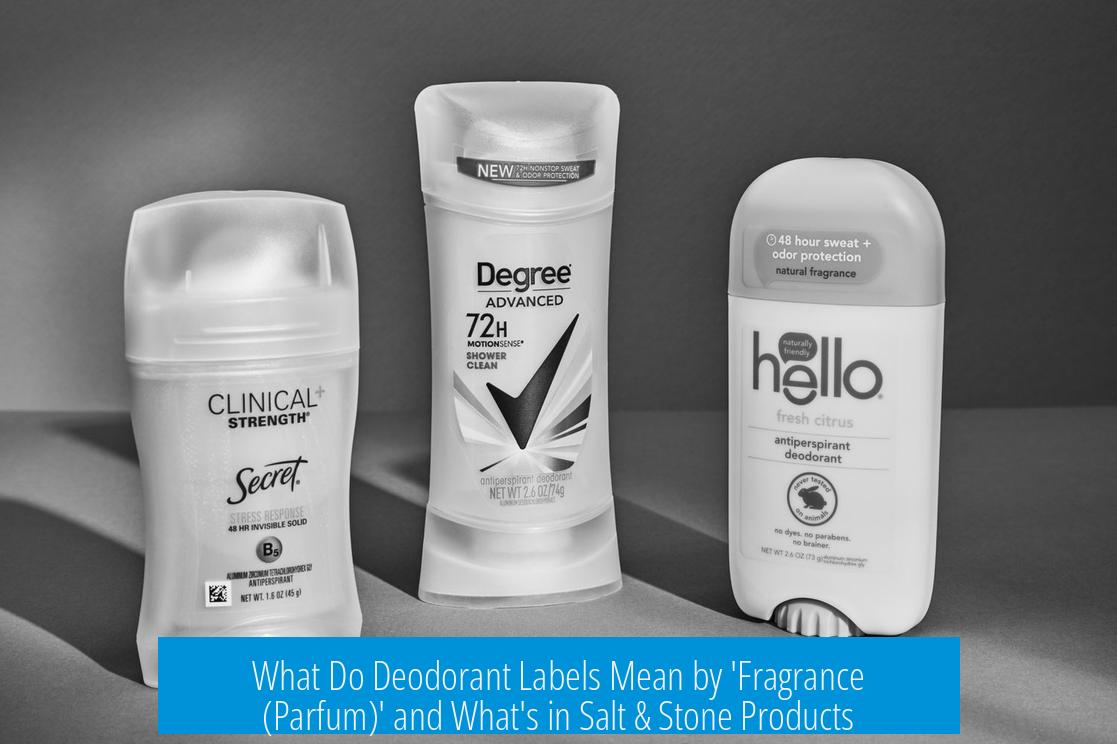


Leave a Comment